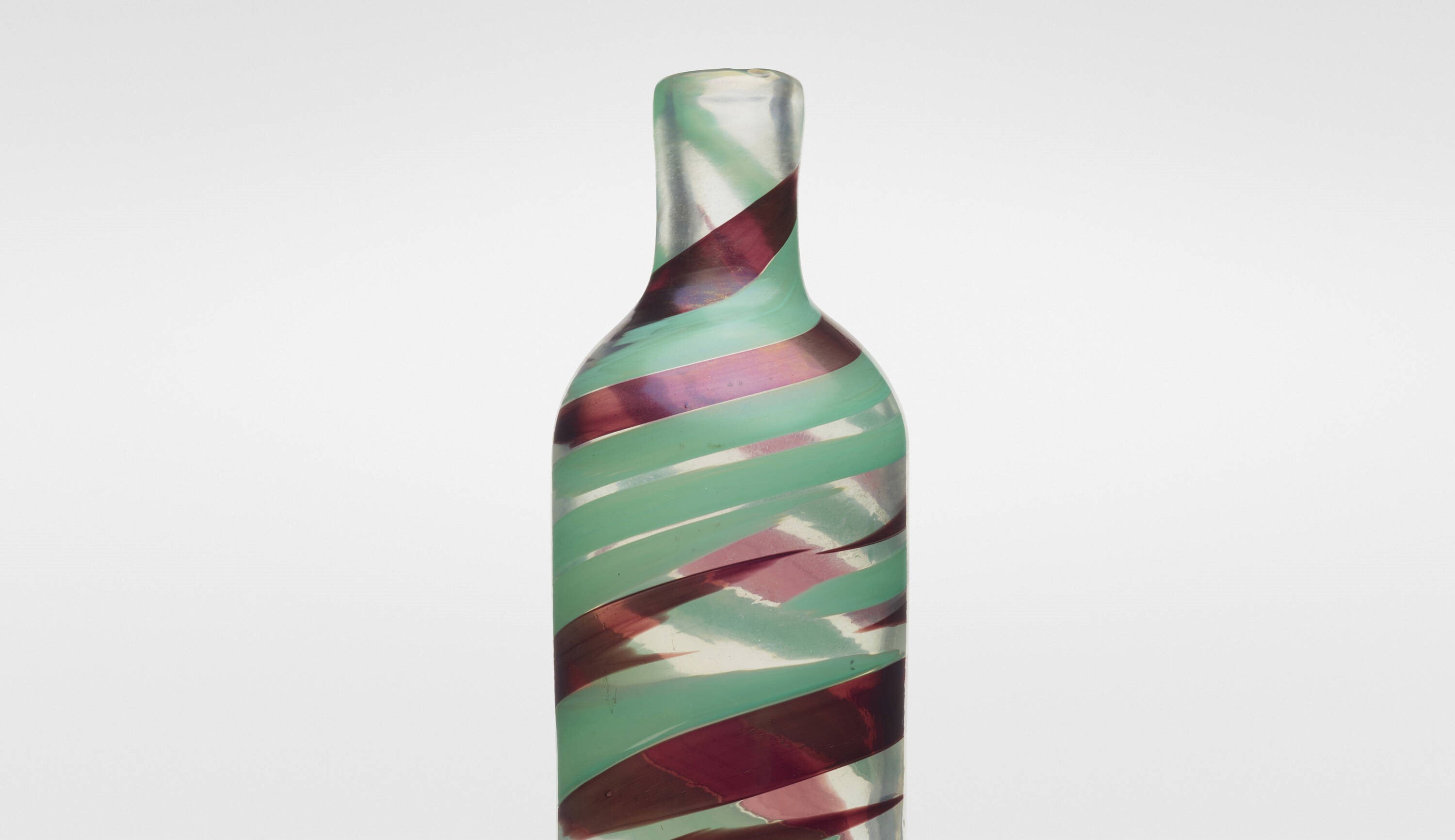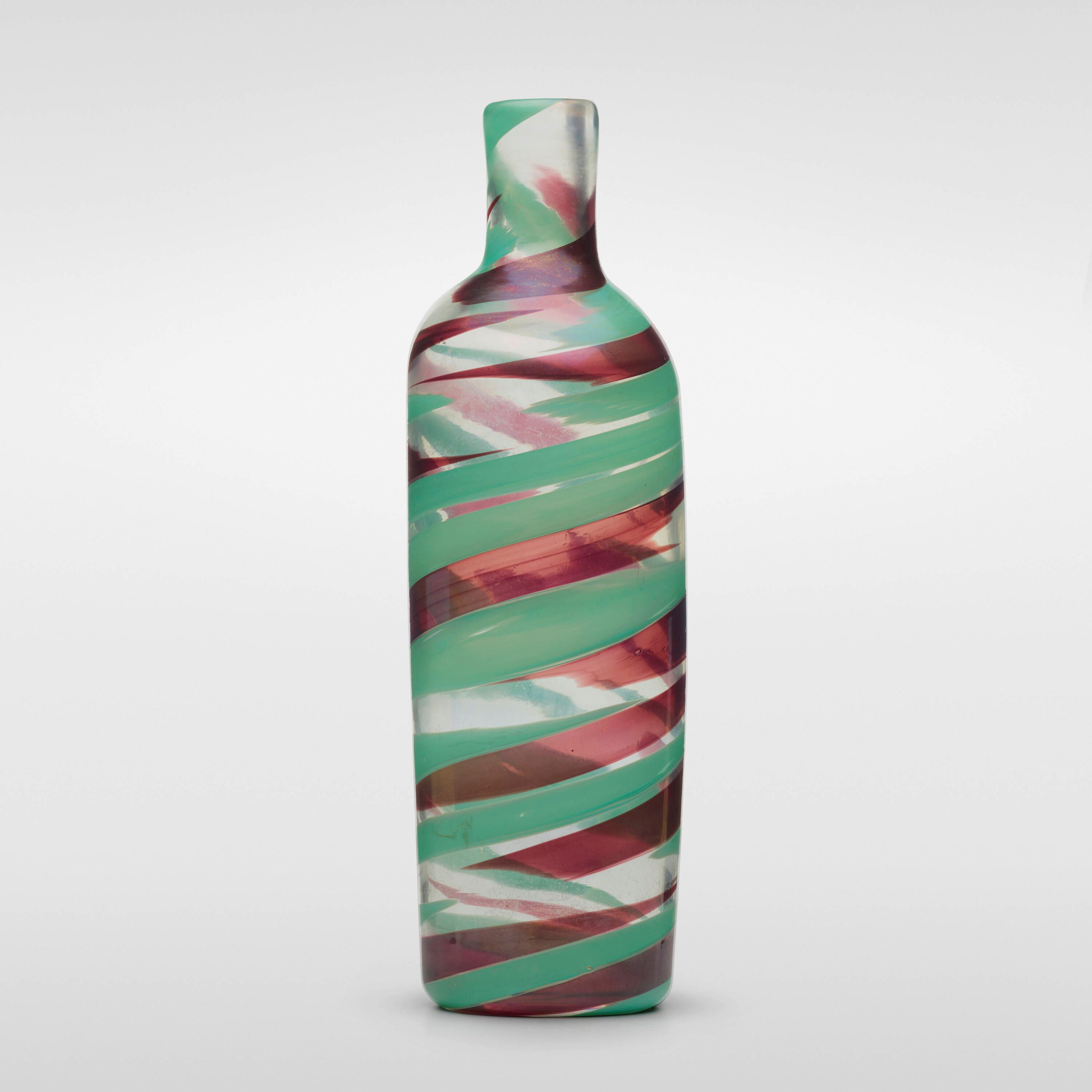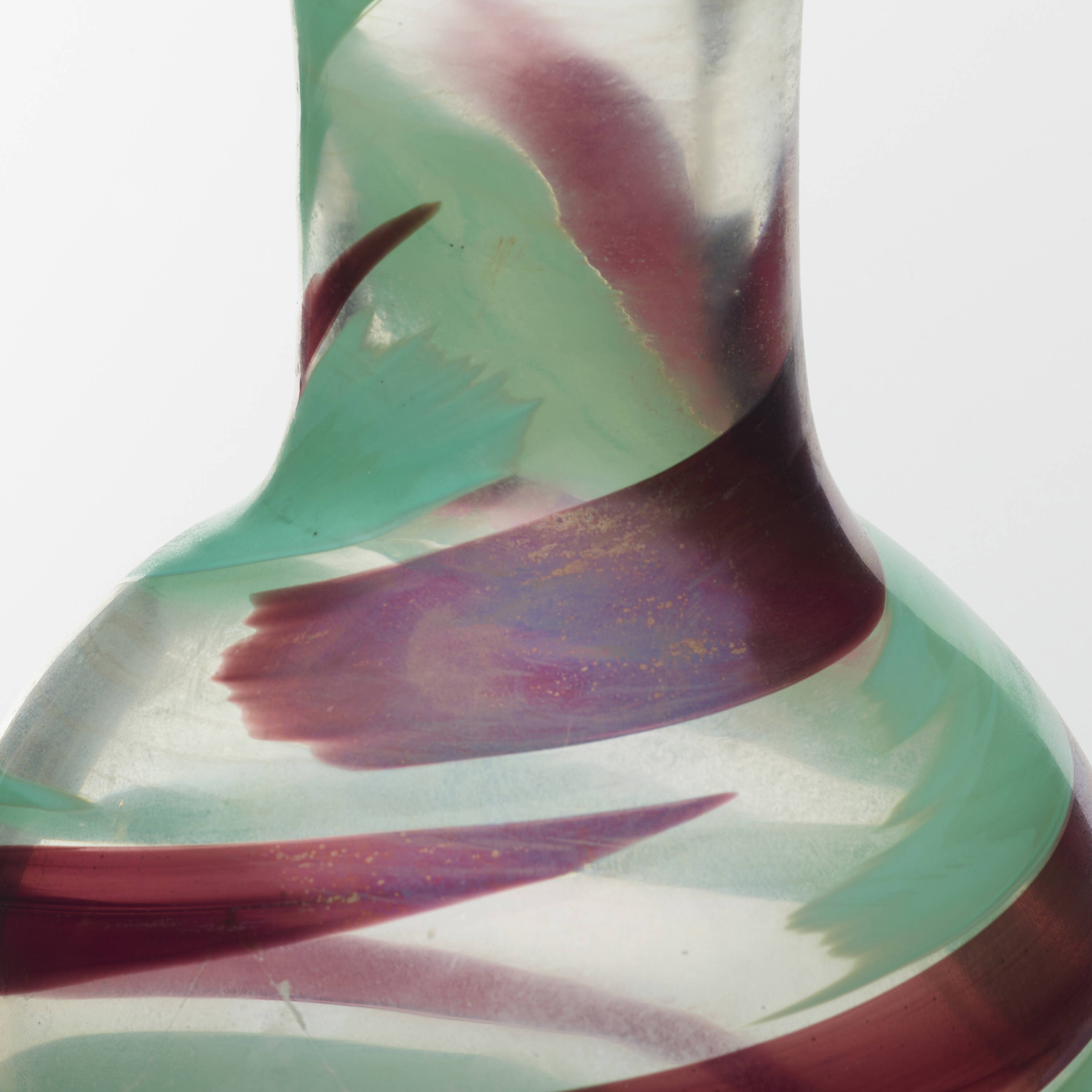
It's the kind of alternative investment return you spend your life dreaming of. A woman bought a vase she thought had potential, and it ended up selling at auction for more than 25,000 times what she spent.
Jessica Vincent used to go to tag sales and thrift stores with her mother growing up, according to the Wright Auction House, and in her adulthood would visit local shops weekly around Richmond, Virginia. On one of those trips to a Goodwill, she spotted a vase. She picked it up, turned it over, and saw there was a signature on the bottom.
"I had a sense that it might be a $1,000 or $2,000 piece," she told the New York Times, adding, "but I had no clue how good it actually was until I did a little bit more research."
As it turns out, it was worth a little more than that.
Vincent's research took her to the Wright Auction House, which specializes in 20th century art and design. The vase was identified as a piece by Italian architect Carlo Scarpa.

The vase was part of Scarpa's Pennellate series, which he did in the 1940s. "Pennallate" means brushstroke, and the series involved adding colorful glass to the vase while it was being blown, per the auction house, like painting with glass.
The Wright Auction House called the vase "one of the rarest pieces we have offered in more than a decade of auctions," as they included it in a December auction of "Important Italian Glass."
In fact, it turned out to be the biggest item in that auction. The house estimated it would be $30-50,000, but it went for $107,000 to an unidentified collector. That result is partially because of the remarkably pristine condition in which Vincent found it.
"If it had a chip — even a small chip — it would have probably sold for under $10,000," Richard Wright told the New York Times.
Of the $107,000, Vincent is getting about $83,500, per the New York Times, with the rest going to the auction house.

If you are hoping to build your fortune on a Goodwill find like this, don't hold your breath — you might as well try Powerball. Stories like Vincent's are few and far between, which is also why they so hold our imagination.
But, there are legitimate ways to build an art collection that could have some value for future generations, if you're dedicated to the research and work that goes into it. Even Vincent spoke about how research was key to her find and knowing what kind of pieces to look for. And if art's not your thing, there are many types of collectibles, from watches to wines to baseball cards and even old VHS tapes, that could hold wealth.
Or, you know, you could go the old fashioned way and invest your 401(k) well. Good luck!







